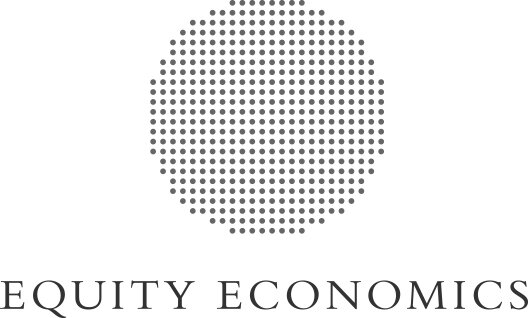Place-Based approaches to Tackling Community Challenges in Australia
Summary
Equity Economics is pleased to have supported the Paul Ramsay Foundation with a new report on Place-Based approaches to Tackling Community Challenges in Australia. The report brings together the growing evidence base for place-based approaches and will hopefully support more effective programming to ensure social services and community support reach the most in need and are effective.
People feel strongly about the places and communities they call home, as different as these are across Australia’s vast lands. Aboriginal and Torres Strait Islander peoples especially see connection to Country as central to self-determination. However, historically, most investments, programs and services have been centrally designed and delivered and therefore unable to fully to meet the specific needs, priorities and aspirations of different communities.
This report sets out a roadmap for how Australia can bring together the work of communities, not-for-profit and philanthropic organisations, governments, businesses, universities and other research bodies to address disadvantage and create economic opportunity and inclusion across the nation.
Findings
Our report seeks to contribute to the place-based reform agenda in Australia by acknowledging the work and thinking that has occurred across many organisations and to bring together:
A broad overview of place-based approaches and activity in Australia, particularly seeking to join up activities occurring in many different areas, including First Nations community development, early childhood, youth transitions, justice, employment and natural disaster recovery and adaptation, so they can be seen as a whole body of work;
The case for why place-based approaches will become even more critical to Australia’s future;
Compelling evidence of impact, particularly in the early childhood area, while emphasising the importance of setting realistic expectations and further building the evidence base; and
Why additional structural policy and financing reforms remain critical in tandem with new commitments and investments to achieve sustained outcomes, and that these are increasingly within our grasp.
Read the full report



